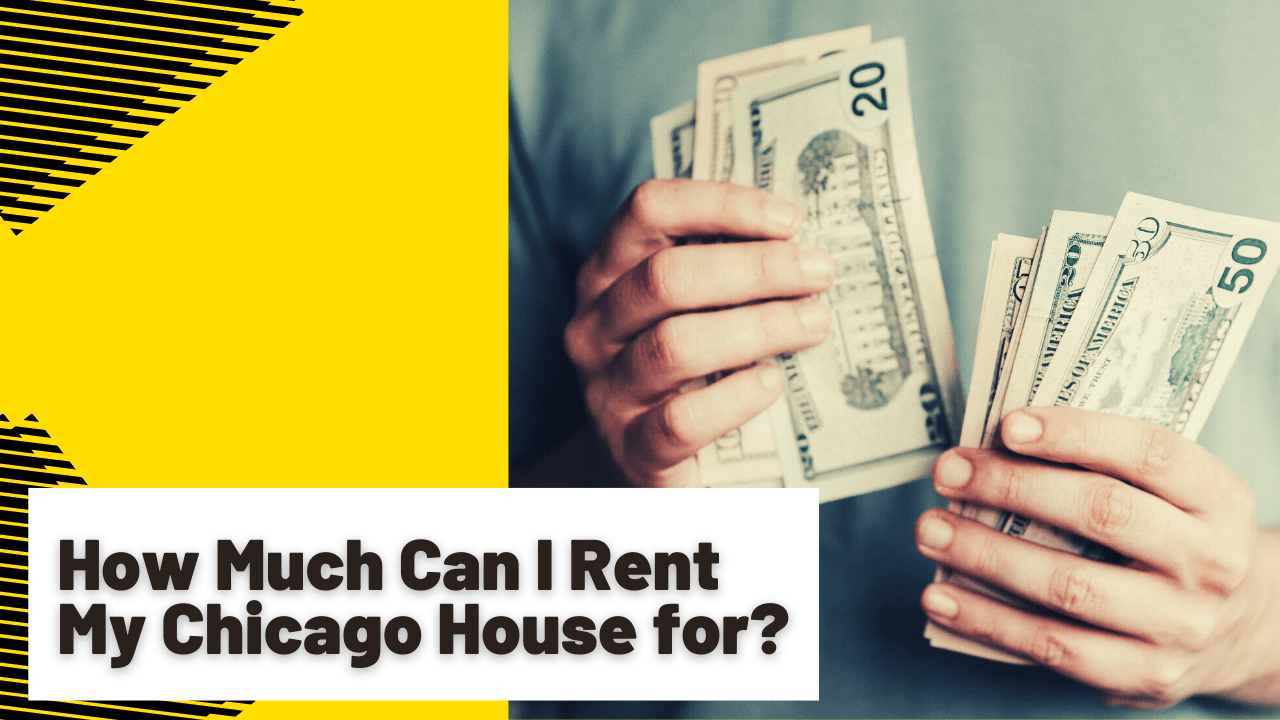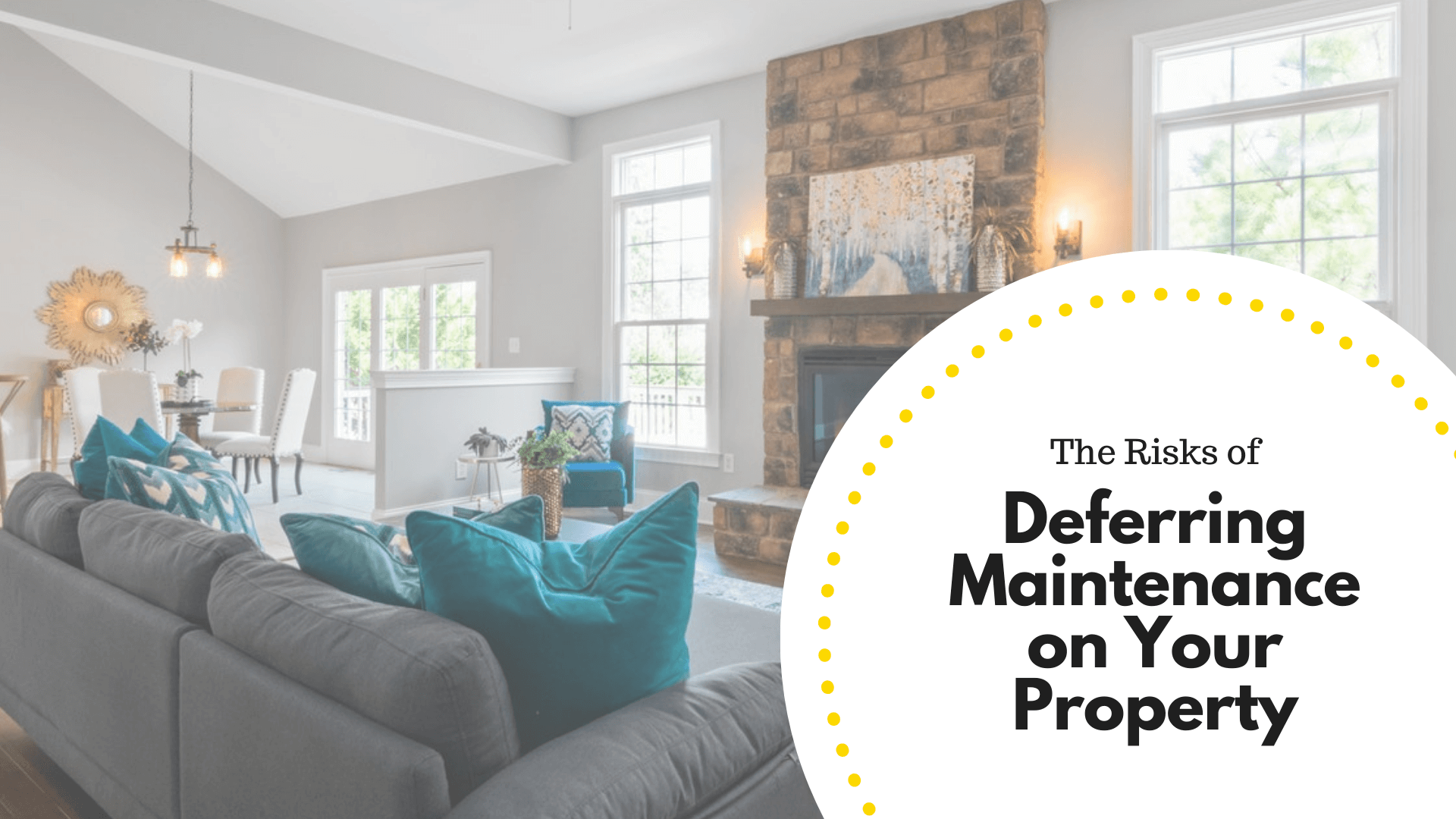The relationship between a tenant and a landlord is a complex one. You may ordinarily have an excellent professional relationship with your tenant, but when it comes to property maintenance, you may very often disagree with each other over the finer points of tenant-landlord responsibilities.
This debate stems from the ambiguity in a lease agreement, defining the responsibilities of each party. However, in a situation where the agreement is not clear enough, it helps to have an understanding of the Chicago tenancy law.
Laws pertaining to tenants and landlords change rapidly, so we recommend seeking help from a
professional property management company in Chicago.
The law describes the responsibilities of landlords in detail, as follows.
#1. Maintaining the rental property
According to Chicago’s tenancy law,
the first major responsibility of a landlord is to maintain the property. Chicago’s Residential Landlord-Tenant Ordinance (CRLTO) requires landlords to protect a tenant against damages that can threaten the structural integrity of the building which, in turn, impacts the habitability of the home. In addition, landlords are also required to keep floors, walls, ceilings, bathtubs, windows, porches, elevators, and staircases in good condition. Supplying heat in winters is also the landlord’s responsibility.
#2. Providing complete information about the property
As per the CRLTO, when a lease agreement is being signed, the landlord is required to give full disclosure about whether the single family home is habitable or not. Some of the chief disclosures include:
- Identity of the owner and the broker
- Conditions that may affect habitability
- Paint disclosure
- Radon gas disclosure
- Bed bug disclosure
- Recycling rules disclosure
- Security deposit receipt.
In short, anything about the property that may potentially affect the physical and mental wellbeing of the tenant needs to be mentioned in the lease agreement.
#3. Staying out of the investment property (with some exceptions)
The CRLTO requires a landlord to stay out of the property rented by the tenant, barring a few exceptional circumstances, such as if the landlord suspects that any of the conditions mentioned in the lease agreement are being violated.
For instance, a tenant may adopt a pet after having agreed to not do so at the time of signing the lease. If the landlord suspects that the tenant is flouting the no-pets rule, the landlord may conduct a surprise inspection of the rented property to determine whether you have a pet or not.
For repairs, government inspections, or showing the unit to other potential tenants/buyers/contractors the landlord must give a notice two days in advance, before the visit.
#4. Protecting and refunding the security deposit
The CRLTO holds the landlord responsible for protecting the security deposit of a tenant and for refunding it with interest when the tenant vacates the house. If a landlord fails to do so, they can be taken to court, unless the money that the tenant deposited was a move-in fee, mentioned as ‘nonrefundable’ in the lease agreement.
#5. Refraining from retaliatory action









